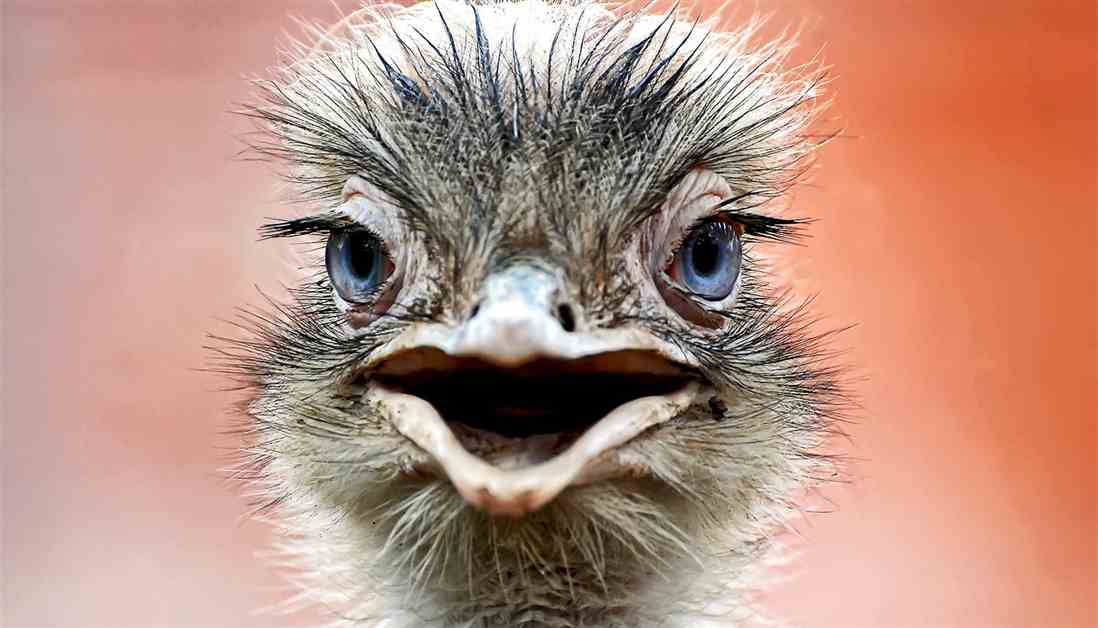New Study Reveals Genetic Link Between Bird and Human Vocal Organs
New research has uncovered a common genetic link between the larynx (the vocal organ of mammals, reptiles, and amphibians) and the syrinx (the vocal organ of birds).
Humans have always been intrigued by bird song and the diverse range of sounds they produce. However, the origins and variations of the unique vocal organ of birds, the syrinx, have remained a mystery until now.
A series of recent studies, including detailed anatomical scans of syrinxes from hummingbirds and ostriches, have revealed that the syrinx and the larynx share the same developmental programming. This genetic connection between the vocal organs is known as “deep homology,” showcasing how different tissues or organs can have a common genetic link.
Julia Clarke, a professor at the University of Texas at Austin’s Jackson School of Geosciences, describes this discovery as groundbreaking, comparing it to the transition from flippers to limbs in evolutionary terms. The research has provided new insights into the structure and function of the syrinx, shedding light on its evolutionary origins.
The studies have also highlighted the importance of bird behavior in vocalizations. For instance, male ostriches were found to produce a wider variety of sounds than females, with unique calls associated with aggressive behaviors. Hummingbirds, on the other hand, exhibit vocal learning capabilities, allowing them to develop complex songs.
The findings from these studies not only enhance our understanding of bird vocalizations but also hint at the evolutionary history of vocal organs in birds, mammals, and reptiles. The research also raises questions about the vocal capabilities of non-avian dinosaurs, the ancestors of modern birds.
By studying vocalization in living species, researchers hope to unlock the secrets of ancient sounds and further explore the fascinating world of avian vocal organs.
This research was supported by the Gordon and Betty Moore Foundation, Howard Hughes Medical Institute Professors Program, and the Jackson School of Geosciences.



